This collection of lessons and web resources is aimed at classroom teachers, their students and students' families.
 On this page
On this page
Lessons and activities
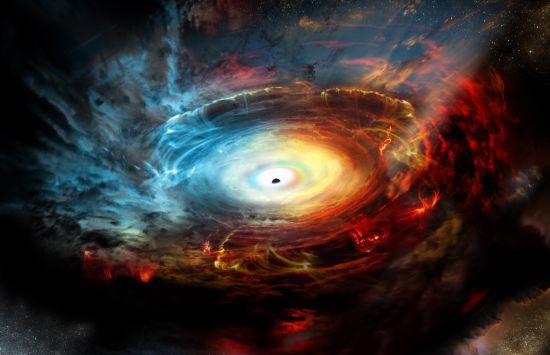
Exploring Black Holes
For educators and students (grades K–12)
Black holes are extremely dense regions of space that are formed from the collapsed cores of massive stars. Their gravity is so strong that nothing — not even light — can escape them. Here you can read the latest news and explore educational materials on black holes.
Milky Way Craft
For educators, parents and students (grades K–12)
Build a simple electrical circuit that highlights the position of our planet, the Milky Way's center, and two of the Milky Way's prominent spiral arms.
Materials:
- Legal size (8.5"x14") card stock. Regular 8.5"x11" is OK.
- Gold-colored copper foil tape, 1/4 inch wide, with double-sided conductivity.
- 2 light emitting diodes (LEDs) in two different colors (same color is OK). These LEDs should include internal resistors.
- 1 CR2032 Li-ion cell battery about 1 inch in diameter, +3V.
- Black electrical tape, 3/4 inch wide.
Instructions:
- Print the Milky Way on card stock.
- Cut about 15 inches of the fold-colored copper foil tape.
- Cut about 1 inch of black electrical tape, 3/4 inch wide.
- Follow the instructions on the front of the printed Milky Way card stock.
- Push the battery down onto the Perseus Arm of the Milky Way; LEDs will light up.
- Discover where you are in the Milky Way!

Model Pulsar
For educators, parents and students (grades K–12)
Pulsars are super-dense stars that spin extremely fast. They emit beams of electromagnetic radiation from their poles into space, similar to a cosmic lighthouse. This video demonstrates how you can create a model of a pulsar using items you may already have at home.
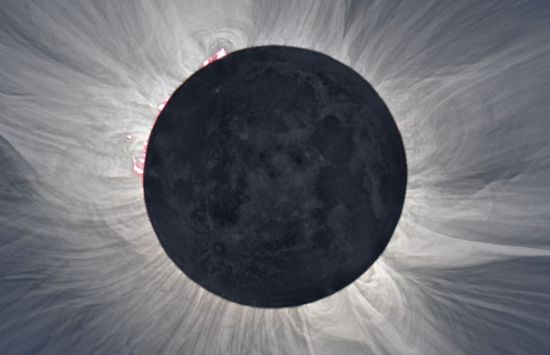
Solar Eclipse Pinhole Box
For educators, parents and students (grades K–12)
Create a fun way to safely view a solar eclipse.
Videos
Science for Kids: Exploring Our Solar System
Learn about our solar system, made up of the sun and everything that is gravitationally bound to it, including eight recognized planets.
Science for Kids: What are Comets & Asteroids?
Learn about some of the celestial objects that roam our solar system.
Science for Kids: What is Space Weather?
The sun emits materials that cause space weather. Learn about the sunspots, solar storms and solar flares and how they impact us here on Earth.
Science for Kids: What is a Black Hole?
Black holes are fascinating yet challenging to study because their extreme gravity, so strong light cannot escape, makes them exceptionally difficult to see. Learn what black holes are and how they form.
Kip Thorne Explains Gravitational Waves
The Nobel Prize-winning theoretical physicist explains what gravitational waves are and how they provide a unique way for us to learn about the universe.
The Stars within Us
Did you know that we are all made of the same things? Explore the origins of the materials that make up our entire universe.
Images
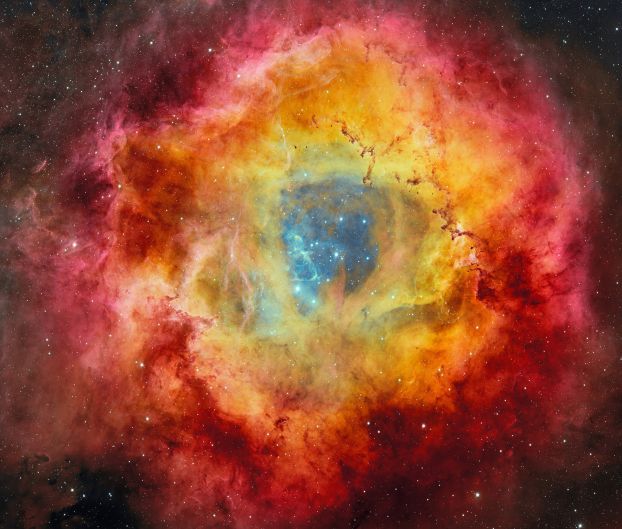
Credit: CTIO/NOIRLab/DOE/NSF/AURA; image processing: T.A. Rector (University of Alaska Anchorage/NSF NOIRLab), D. de Martin & M. Zamani (NSF NOIRLab)
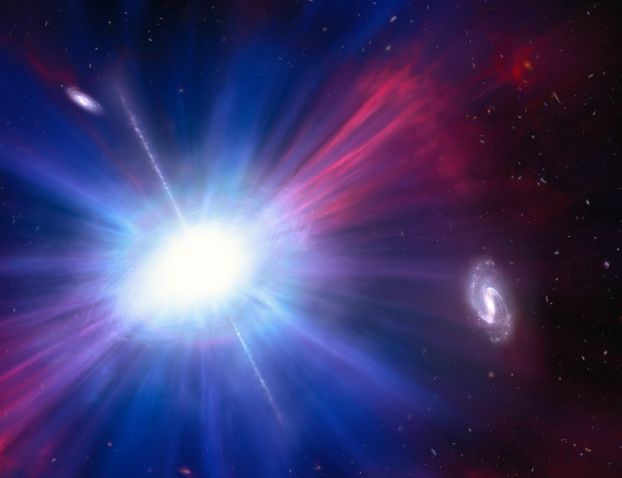
Credit: NOIRLab/NSF/AURA/M. Garlick/M. Zamani (Available under Creative Commons Attribution 4.0 International)

Credit: L. Medeiros/Institute for Advanced Study; D. Psaltis/Georgia Tech; T. Lauer/NSF’s NOIRLab; F. Ozel/Georgia Tech (available under Creative Commons Attribution 4.0 International)
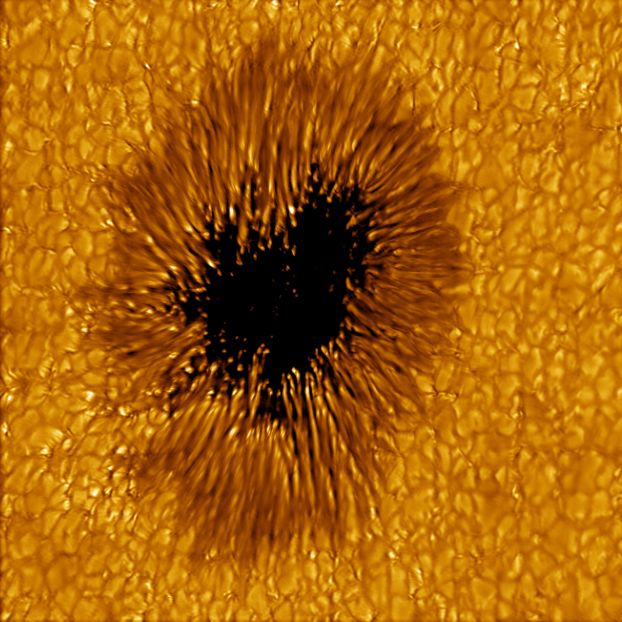
Credit: AURA/NSF

